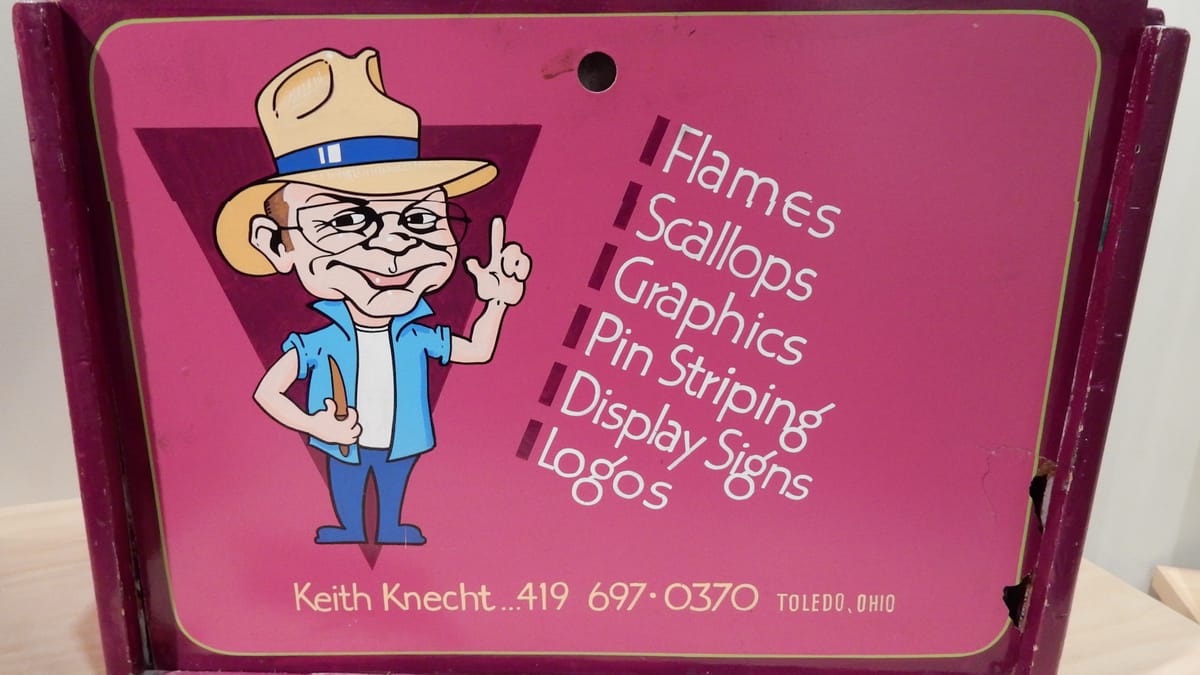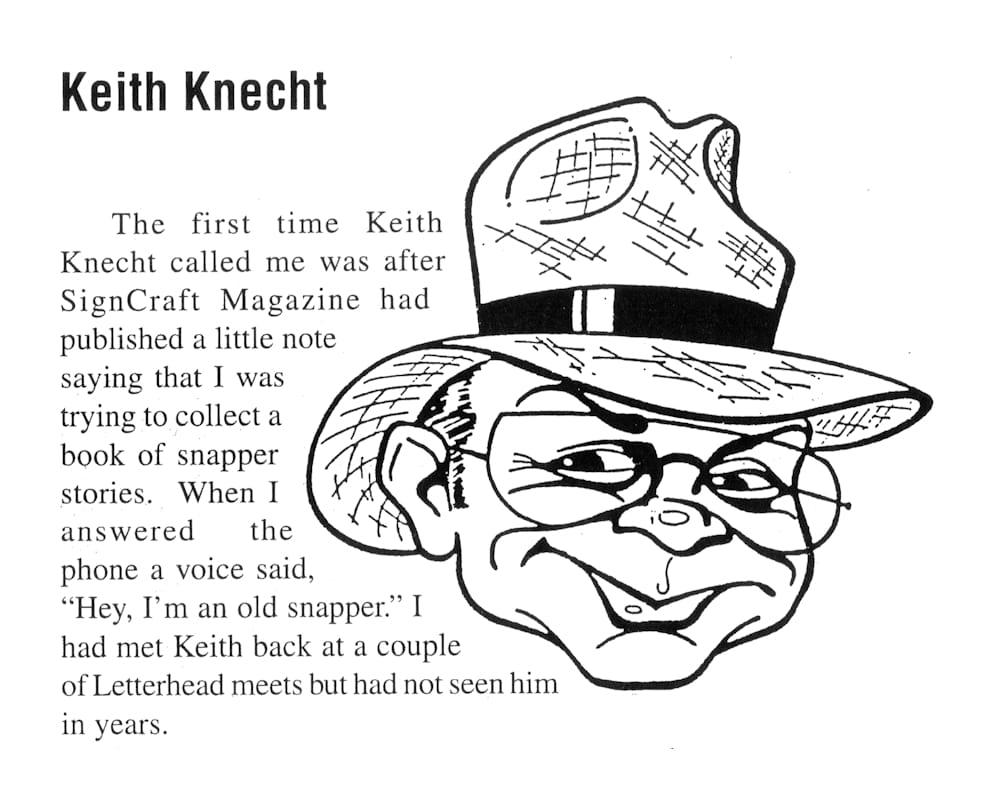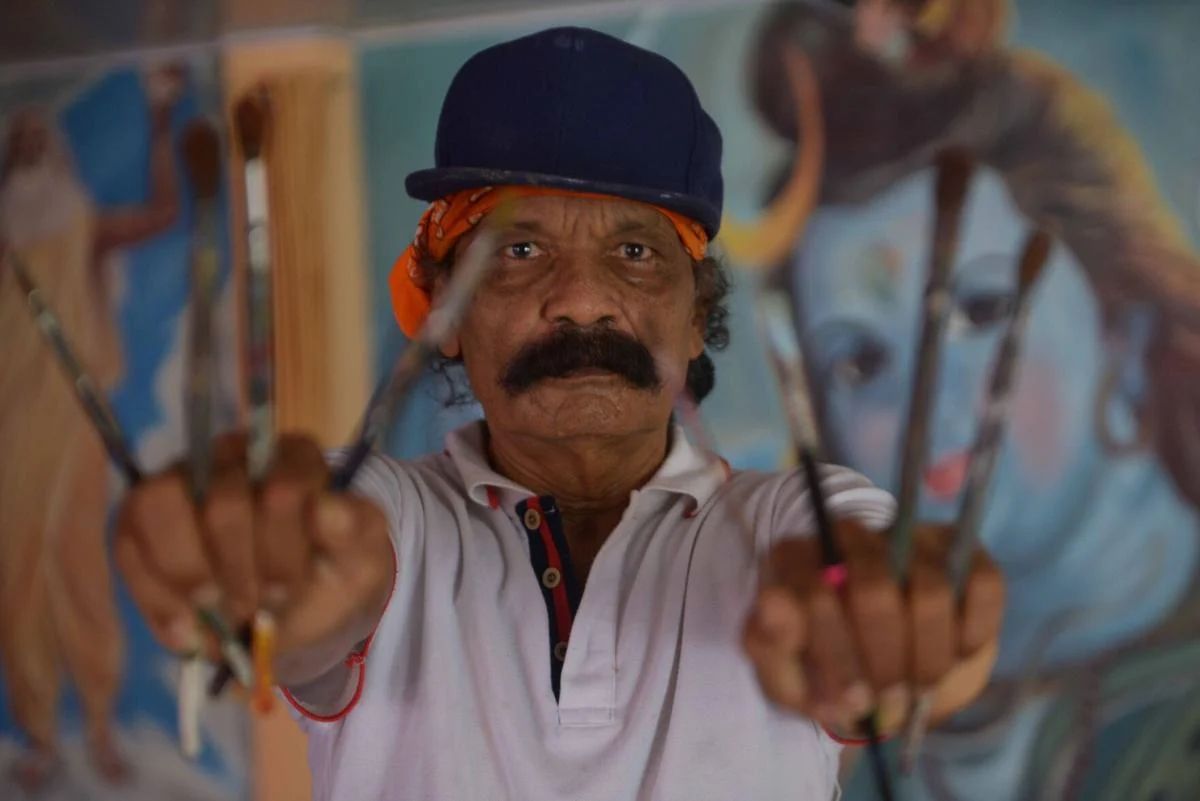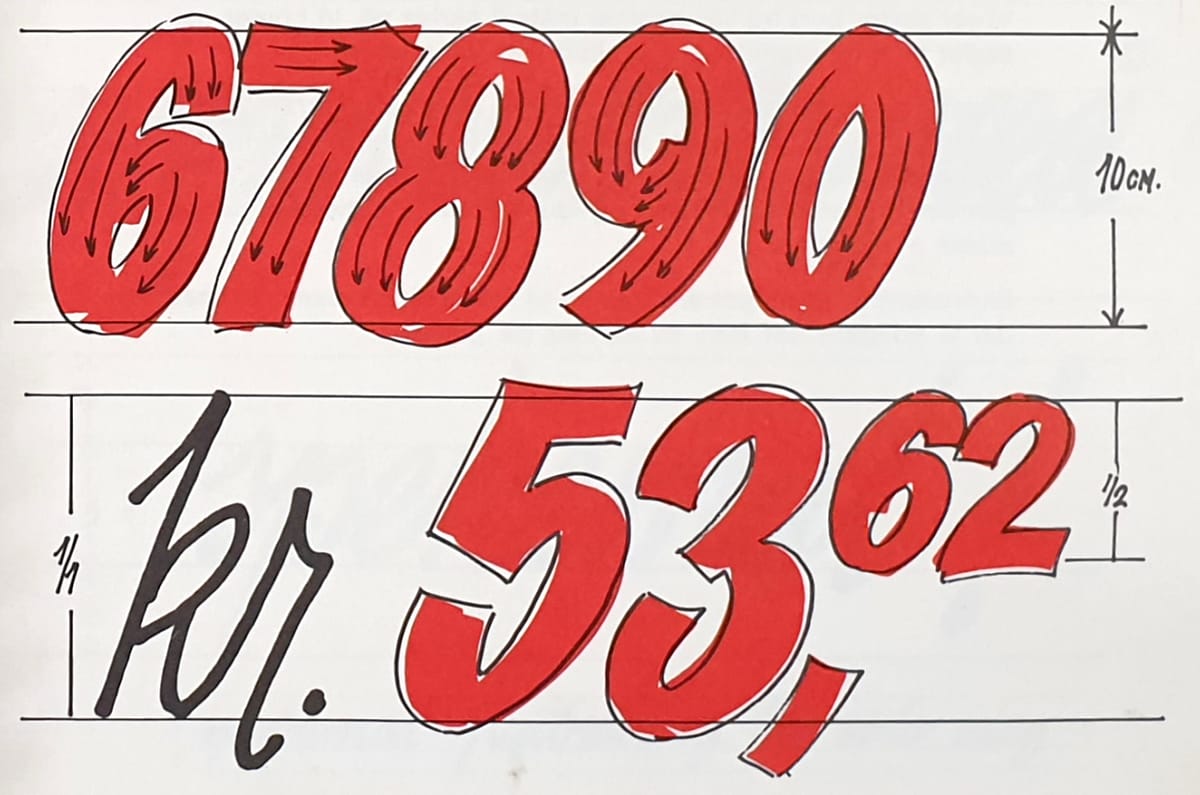Better Letters Magazine - Snapper: Keith Knecht
|
Older messages
It's Showtime, Ask a Sign Painter, and More Worldwide Events
Monday, May 20, 2024
Welcome to my regular roundup of sign painting and lettering events. You can opt in/out of these emails here [https://bl.ag/#/portal/account/newsletters], and share your own events and exhibitions for
'Martre' Brings the French Connection to the Letterheads
Friday, May 17, 2024
Sign painters from across France gather, and compete, in Brittany at the inaugural Martre event. BLAG Magazine: Adventures in Sign Painting Craft, Community & Culture bl.ag online weekly (all
Watch the Recordings from BLAG Meet: Inside Issue 04
Thursday, May 9, 2024
Over ten hours of talks, interviews, studio visits, and demonstrations from contributors to BLAG 04. BLAG Magazine: Adventures in Sign Painting Craft, Community & Culture bl.ag online weekly (all
Meet Claude Dolbec: Montreal's Elusive Sign Painter
Thursday, May 2, 2024
Short documentary feature about Montreal's most prolific, but elusive sign painters: Claude Dolbec. BLAG Magazine: Adventures in Sign Painting Craft, Community & Culture bl.ag online weekly (
BLAG 05, Jobs Board, and the Latest from bl.ag online
Monday, April 29, 2024
This is the bl.ag online [https://bl.ag/] digest email, exclusive to paid members. Read on for a preview of BLAG 05, an opportunity to work with Collosal Media, all the latest online adventures in sign
You Might Also Like
Where are you now?
Wednesday, January 15, 2025
Where do you want to be? ͏ ͏ ͏ ͏ ͏ ͏ ͏ ͏ ͏ ͏ ͏ ͏ ͏ ͏ ͏ ͏ ͏ ͏ ͏ ͏ ͏ ͏ ͏ ͏ ͏ ͏ ͏ ͏ ͏ ͏ ͏ ͏ ͏ ͏ ͏ ͏ ͏ ͏ ͏ ͏ ͏ ͏ ͏ ͏ ͏ ͏ ͏ ͏ ͏ ͏ ͏ ͏ ͏ ͏ ͏ ͏ ͏ ͏ ͏ ͏ ͏ ͏ ͏ ͏ ͏ ͏ ͏ ͏ ͏ ͏ ͏ ͏ ͏ ͏ ͏ ͏ ͏ ͏ ͏ ͏ ͏ ͏ ͏ ͏ ͏ ͏ ͏ ͏
WIN $2,500 to put toward your very own warm weather getaway!
Wednesday, January 15, 2025
Warm Weather Getaways Sweepstakes
Tinee, But Part Of The Story
Wednesday, January 15, 2025
What Do You Think You're Looking At? #197 ͏ ͏ ͏ ͏ ͏ ͏ ͏ ͏ ͏ ͏ ͏ ͏ ͏ ͏ ͏ ͏ ͏ ͏ ͏ ͏ ͏ ͏ ͏ ͏ ͏ ͏ ͏ ͏ ͏ ͏ ͏ ͏ ͏ ͏ ͏ ͏ ͏ ͏ ͏ ͏ ͏ ͏ ͏ ͏ ͏ ͏ ͏ ͏ ͏ ͏ ͏ ͏ ͏ ͏ ͏ ͏ ͏ ͏ ͏ ͏ ͏ ͏ ͏ ͏ ͏ ͏ ͏ ͏ ͏ ͏ ͏ ͏ ͏ ͏ ͏ ͏ ͏ ͏
treehouse
Wednesday, January 15, 2025
on endings ͏ ͏ ͏ ͏ ͏ ͏ ͏ ͏ ͏ ͏ ͏ ͏ ͏ ͏ ͏ ͏ ͏ ͏ ͏ ͏ ͏ ͏ ͏ ͏ ͏ ͏ ͏ ͏ ͏ ͏ ͏ ͏ ͏ ͏ ͏ ͏ ͏ ͏ ͏ ͏ ͏ ͏ ͏ ͏ ͏ ͏ ͏ ͏ ͏ ͏ ͏ ͏ ͏ ͏ ͏ ͏ ͏ ͏ ͏ ͏ ͏ ͏ ͏ ͏ ͏ ͏ ͏ ͏ ͏ ͏ ͏ ͏ ͏ ͏ ͏ ͏ ͏ ͏ ͏ ͏ ͏ ͏ ͏ ͏ ͏ ͏ ͏ ͏ ͏ ͏ ͏ ͏ ͏ ͏ ͏
Why Didn't Voters Care About Biden's Many Accomplishments?
Wednesday, January 15, 2025
Biden did a lof of really important things, yet the public never gave him any credit. ͏ ͏ ͏ ͏ ͏ ͏ ͏ ͏ ͏ ͏ ͏ ͏ ͏ ͏ ͏ ͏ ͏ ͏ ͏ ͏ ͏ ͏ ͏ ͏ ͏ ͏ ͏ ͏ ͏ ͏ ͏ ͏ ͏ ͏ ͏ ͏ ͏ ͏ ͏ ͏ ͏ ͏ ͏ ͏ ͏ ͏ ͏ ͏ ͏ ͏ ͏ ͏ ͏ ͏ ͏ ͏ ͏ ͏
What I’m Re-Reading, No.1
Wednesday, January 15, 2025
On Arendt, Céline, Juvenilia Studies ͏ ͏ ͏ ͏ ͏ ͏ ͏ ͏ ͏ ͏ ͏ ͏ ͏ ͏ ͏ ͏ ͏ ͏ ͏ ͏ ͏ ͏ ͏ ͏ ͏ ͏ ͏ ͏ ͏ ͏ ͏ ͏ ͏ ͏ ͏ ͏ ͏ ͏ ͏ ͏ ͏ ͏ ͏ ͏ ͏ ͏ ͏ ͏ ͏ ͏ ͏ ͏ ͏ ͏ ͏ ͏ ͏ ͏ ͏ ͏ ͏ ͏ ͏ ͏ ͏ ͏ ͏ ͏ ͏ ͏ ͏ ͏ ͏ ͏ ͏ ͏ ͏ ͏ ͏ ͏ ͏ ͏
Duck face walked so this pout could run
Wednesday, January 15, 2025
— Check out what we Skimm'd for you today January 15, 2025 Subscribe Read in browser Header Image But First: Did Travis spill some Taylor tea? Update location or View forecast Quote of the Day
“Centaur over Tomer Butte” by Robert Wrigley
Wednesday, January 15, 2025
Tomer Butte, named for George Washington Tomer, January 15, 2025 donate Centaur over Tomer Butte Robert Wrigley Tomer Butte, named for George Washington Tomer, who arrived in 1871 to formalize its
#66: What The Notches Said – No. 06
Wednesday, January 15, 2025
Interview with 'Z', who's from my səxual past ͏ ͏ ͏ ͏ ͏ ͏ ͏ ͏ ͏ ͏ ͏ ͏ ͏ ͏ ͏ ͏ ͏ ͏ ͏ ͏ ͏ ͏ ͏ ͏ ͏ ͏ ͏ ͏ ͏ ͏ ͏ ͏ ͏ ͏ ͏ ͏ ͏ ͏ ͏ ͏ ͏ ͏ ͏ ͏ ͏ ͏ ͏ ͏ ͏ ͏ ͏ ͏ ͏ ͏ ͏ ͏ ͏ ͏ ͏ ͏ ͏ ͏ ͏ ͏ ͏ ͏ ͏ ͏ ͏ ͏ ͏ ͏
Katie Holmes’ Monochrome Outfit Debuts Winter’s New *It* Color
Wednesday, January 15, 2025
We're major fans. The Zoe Report Daily The Zoe Report 1.14.2025 Katie Holmes' Monochrome Outfit Debuts Winter's New *It* Color (Celebrity) Katie Holmes' Monochrome Outfit Debuts



